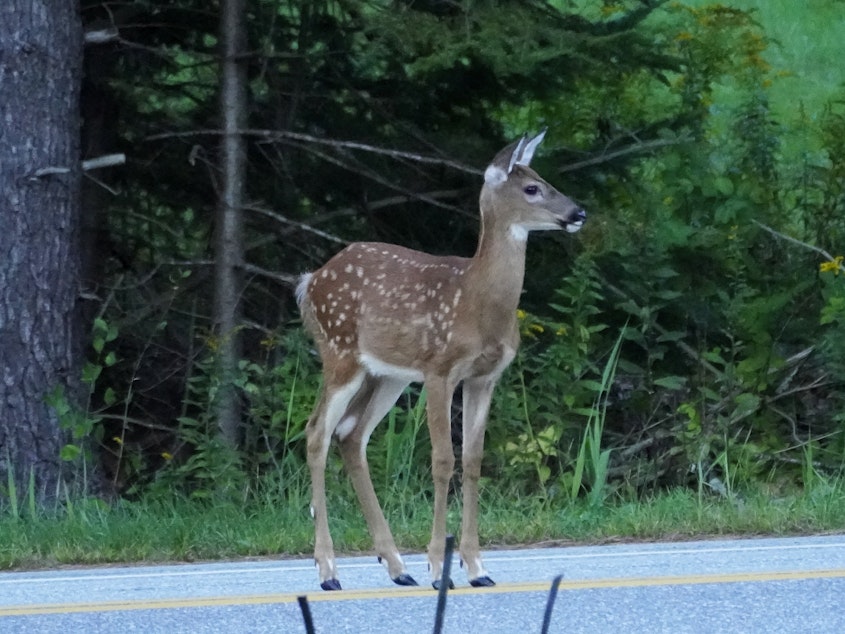The end of daylight saving time means an uptick in vehicles crashing into deer

The end of daylight saving time causes a 16% increase in collisions between deer and vehicles in the week after the time change, a new study shows.
These types of crashes peak in late October and November due to less sunlight and less visibility for drivers, but these months are also mating season for deer, so they're on the move much more often.
About 2.1 million deer-vehicle collisions happen in the U.S. annually. A permanent move to daylight saving time would reduce the crashes by about 1.7%, according to the study. Such a move also would prevent 2,054 human injuries, 33 human deaths, and $1.19 billion in damages each year. Conversely, a permanent move to standard time would increase the instances of crashes by 3.5%.
The researchers examined about 1 million deer-vehicle collisions occurring between 1994 and 2021 and found that 76% of them happened at nighttime.
Congress is considering making daylight saving time permanent. A 2019 poll from the Associated Press showed that 31% of Americans were in favor of having DST year-round, while 40% supported having standard time year-round. 28% voted for switching between the two. [Copyright 2022 NPR]


